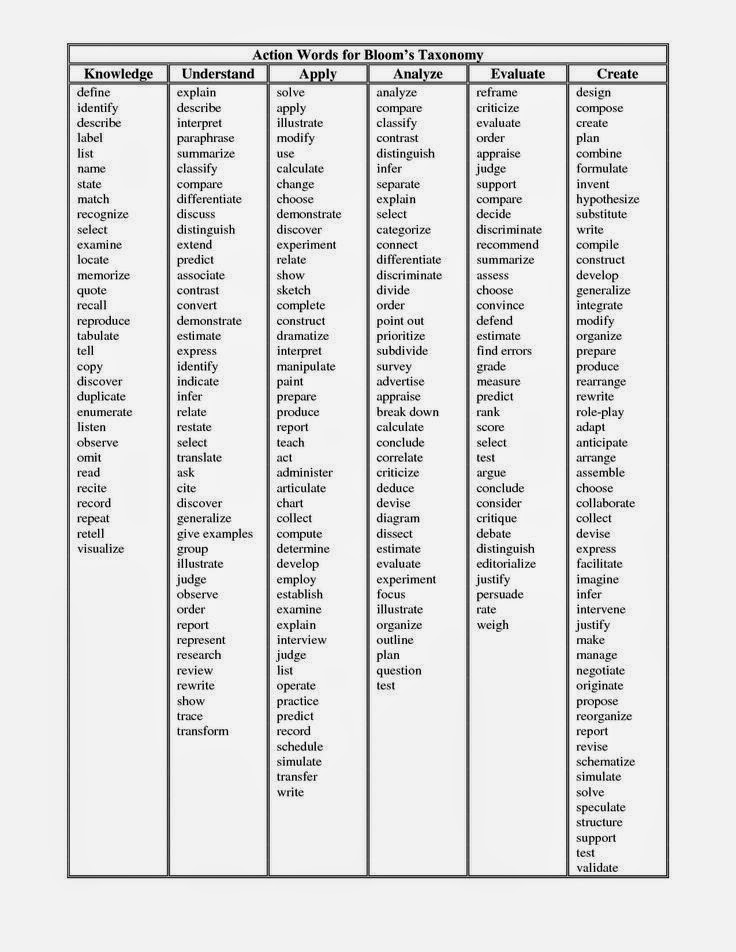For my little first grade friends, Dash and Dot, and their Blockly program requiring a sequenced list of commands to get from point A to B. By providing a lovely hands-on opportunity to analyze and predict what and how the robots will act, they program the list of moves, and then actually trying their program to see if the effects are as predicted.
There are non-robotic opportunities to try similar skills at both www.hourofcode.com and by downloading the SCRATCH program written by Mitch Resnick. Mitch's TED Talk supports both the simple processes of coding, and the connection between Language Arts and computer programming.
Old Dog, New Tricks?
As I have been working on lesson plans this weekend, and attempting to stay at least two seconds ahead of my five and six year old learners, I discovered "Teaching Old Dogs New Tricks: Does Age Matter When Learning Web Design?" Aside from the fact that the article mentions learning web design at the advanced age of "30 or 40 or EVEN 50" while sporting the picture (above) of what I can only assume to be a 50 year old who has spent an advanced number of hours in a tanning bed, the points made about the importance of the relationship between actual thinking and success while coding are well-founded. It truly does seem that the more research examined, the more support there appears to be for the interconnectedness of disciplines to more fully-engage the brains of our advanced students.Now that the computer science connection has been so widely accepted, how can we shift the thinking of our young people to accept the value of computer science in other disciplines, while recognizing the need for the core subjects to support their advancement when working with technology?
Once again the folks at Te@chthought have provided the perfect teacher/student tool:
If we accept that thinking and reflecting upon design as students produce, then adding some action to dear old Benjamin Bloom's model is certainly key. Teaching students to move across the columns to "up their game" will generate personal challenges, as well as more creative excellence for everyone. (Not to mention, much more fabulous projects!!!)
http://blogs.kqed.org/mindshift/2013/10/learn-to-code-code-to-learn/


No comments:
Post a Comment